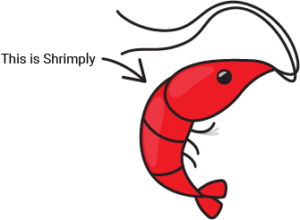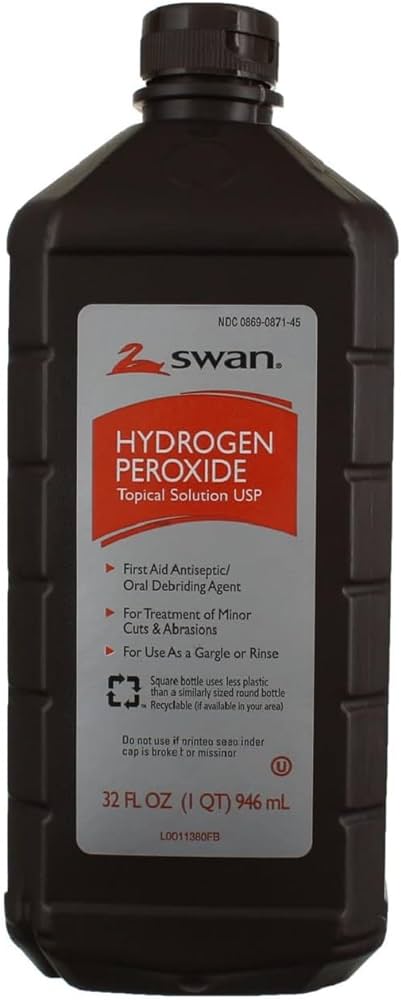Shrimply Explained is currently undergoing renovations. Please don't buy anything yet. Thank you!
You and your shrimp deserve the best and Shrimply ExplainedTM is here to provide that. This lesson is part of our Shrimp Basics (SB) Series, which covers important information needed to raise healthy and happy shrimp. Check out SB101: Are Shrimp Right for You? if you want to start from the beginning.
Please reach out to us via social media or email for any help with your tank, feedback on our content, or just to talk about shrimp!
Sincerely,
Rick and Shrimply

Shrimply Explained™ is a participant in the Amazon Services LLC Associates Program, an affiliate advertising program designed to provide a means for sites to earn advertising fees by advertising and linking to Amazon.com.
One of the best ways to improve water quality and kill off unwanted microorganisms is by adding the correct dosage of hydrogen peroxide to a tank. Hydrogen peroxide (H2O2) is a very unstable chemical that reacts with many different compounds to destroy cell walls. It’s actually made by some immune cells in our bodies to kill harmful bacteria. Hydrogen peroxide accomplishes this by breaking down into water (H2O) and an extremely reactive hydroxyl (OH•) group that alters the shape of compounds to destroy their structure. This is why it burns and bubbles when we put hydrogen peroxide on an open wound.
Treatments often can stress the patient, but with the goal of inflicting much greater harm to the target disease. Larger animals, like humans or shrimp, can be harmed by hydrogen peroxide but smaller, more exposed cells of microorganisms, bacteria, and fungi are extremely vulnerable. This is why, when dosed correctly, hydrogen peroxide is very effective for purifying the water. It likely causes minor stress to your shrimp but breaks down into water and oxygen after an hour or two in your tank, which increases dissolved oxygen and is very good for your shrimp and your ecosystem as a whole.
Hydrogen peroxide is still only a temporary band-aid for whatever disease you are fighting though, since the ultimate cause of the poor water quality still needs to be dealt with. For example, are you overfeeding? Is the filter clogged? Is fertilizer building up in the water? If you want to learn more about water quality, causes of bad water quality, and how to improve it, then check out this article.
Here's how you dose hydrogen peroxide correctly:

Credit: Mark’s Shrimp Tank
Again, this treatment is not a cure-all for water quality issues. You will still need to figure out what caused the problem to prevent future issues. For bad cases of infection on individual shrimp, a salt dip or quarantine tank may also be recommended. Be sure to do your research on specific diseases to fully understand the risks and treatment options.
Thanks for taking the time to learn how to care for your shrimp. If you are dealing with disease right now, don't give up hope! Nearly all shrimp diseases are treatable. Please reach out if you have any questions.
Best of luck,
Rick and Shrimply